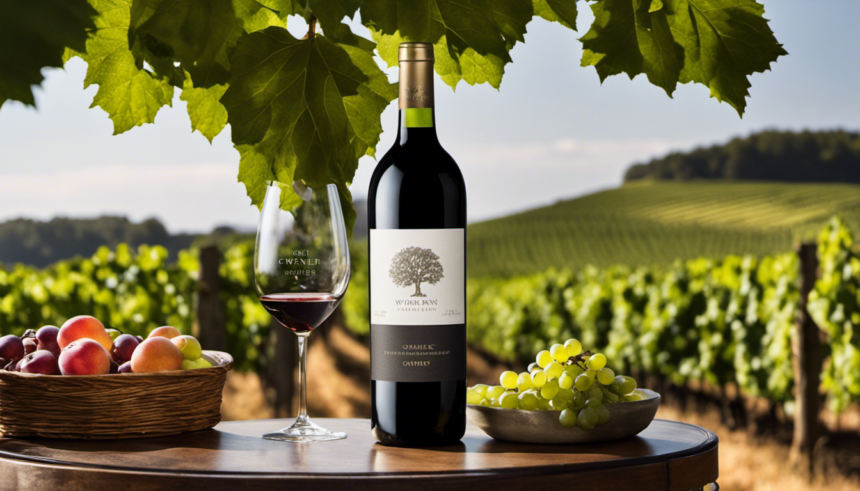Wine Industry Shows Little Support for New Label Requirements
A recent survey by WineBusiness Monthly found that most wineries in the United States do not support the mandatory listing of ingredients and allergens on wine labels, nor do they support the addition of nutrition data such as calories, sugar content, and carbohydrates. The survey, which was conducted between March 11 and April 5, 2024, received responses from winemakers and winery management involved in packaging decisions from wineries of all sizes and states across the country.
According to the survey, 73% of wineries do not support the mandatory listing of ingredients and allergens on labels, while 81% do not support the addition of nutrition data. Those who do not support these requirements cite concerns about the cost and potential impact on the aesthetic appeal of their labels.
Cost remains a top concern for wineries, with 47% of respondents citing it as their top concern, up from 43% in 2023. Ensuring adequate supply of packaging materials was the second most common driver of packaging strategy, but this concern has decreased from 27% in 2023 to 11% this year.
Glass remains the most popular packaging material, with 53% of respondents considering it the most sustainable option. The majority of wineries (76%) now source their glass from domestic suppliers, up from 55% in 2023.
The survey also found that wineries are not planning to switch to lightweight bottles, with 74% of respondents having no plans to do so. However, 37% of wineries have already switched to lighter weight bottles, with the Pacific Northwest region having the highest adoption rate.
A few wineries, such as Kate Arnold Wines and Orr Wines, have taken steps to reduce their environmental impact by using lighter weight bottles and recyclable packaging materials. However, many wineries are focused on maintaining a classic and premium image, which may not align with the use of lighter weight bottles.
The survey also found that wineries are increasingly using QR codes on their labels to provide additional information to consumers. This trend is likely to continue as consumers become more demanding of transparency and sustainability in the wine industry.
Overall, the survey suggests that wineries are prioritizing cost, function, and appropriateness for varietal and price when developing their packaging strategies. While there may be some interest in reducing environmental impact, many wineries are focused on maintaining a premium image and may not see the need to make significant changes to their packaging.


Leave a Reply